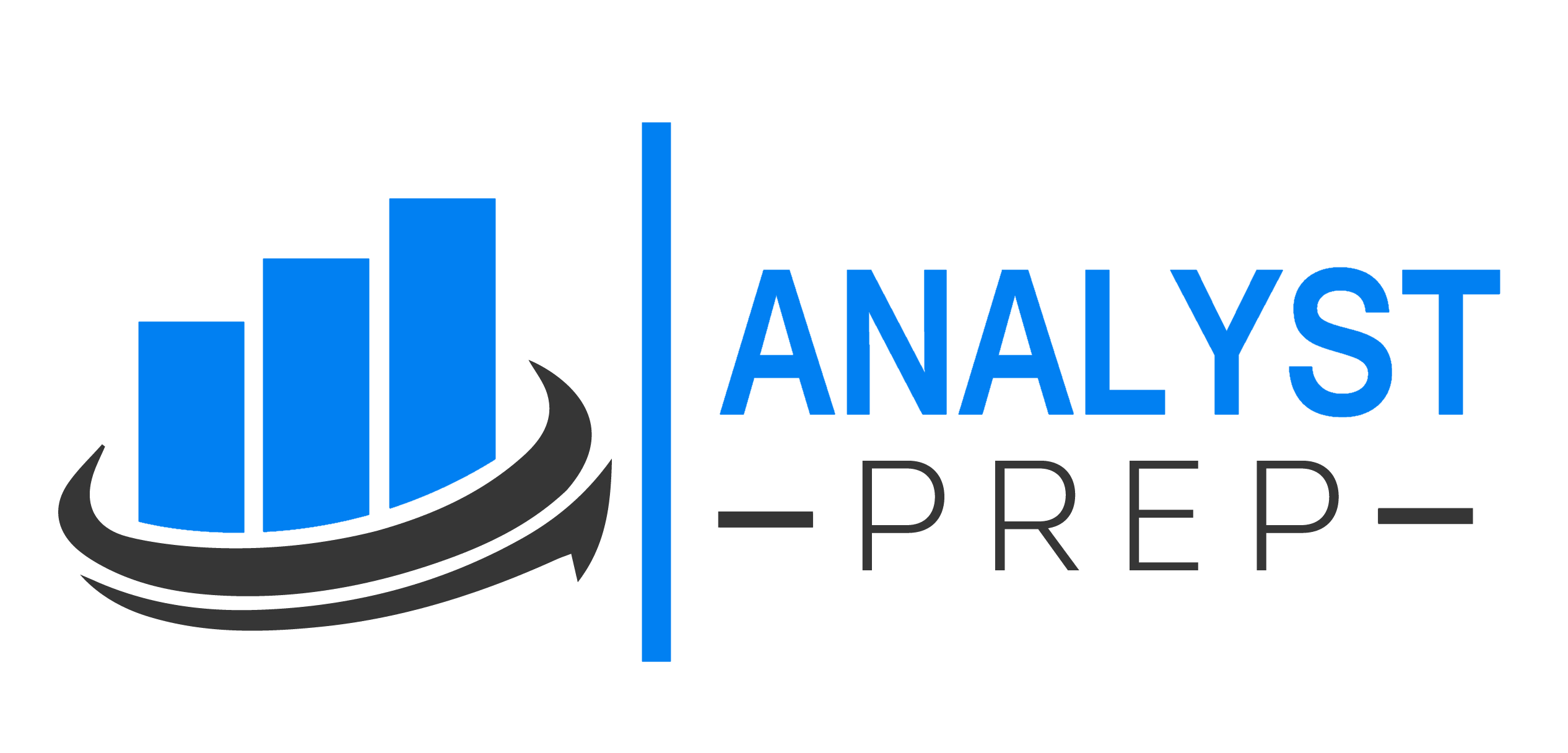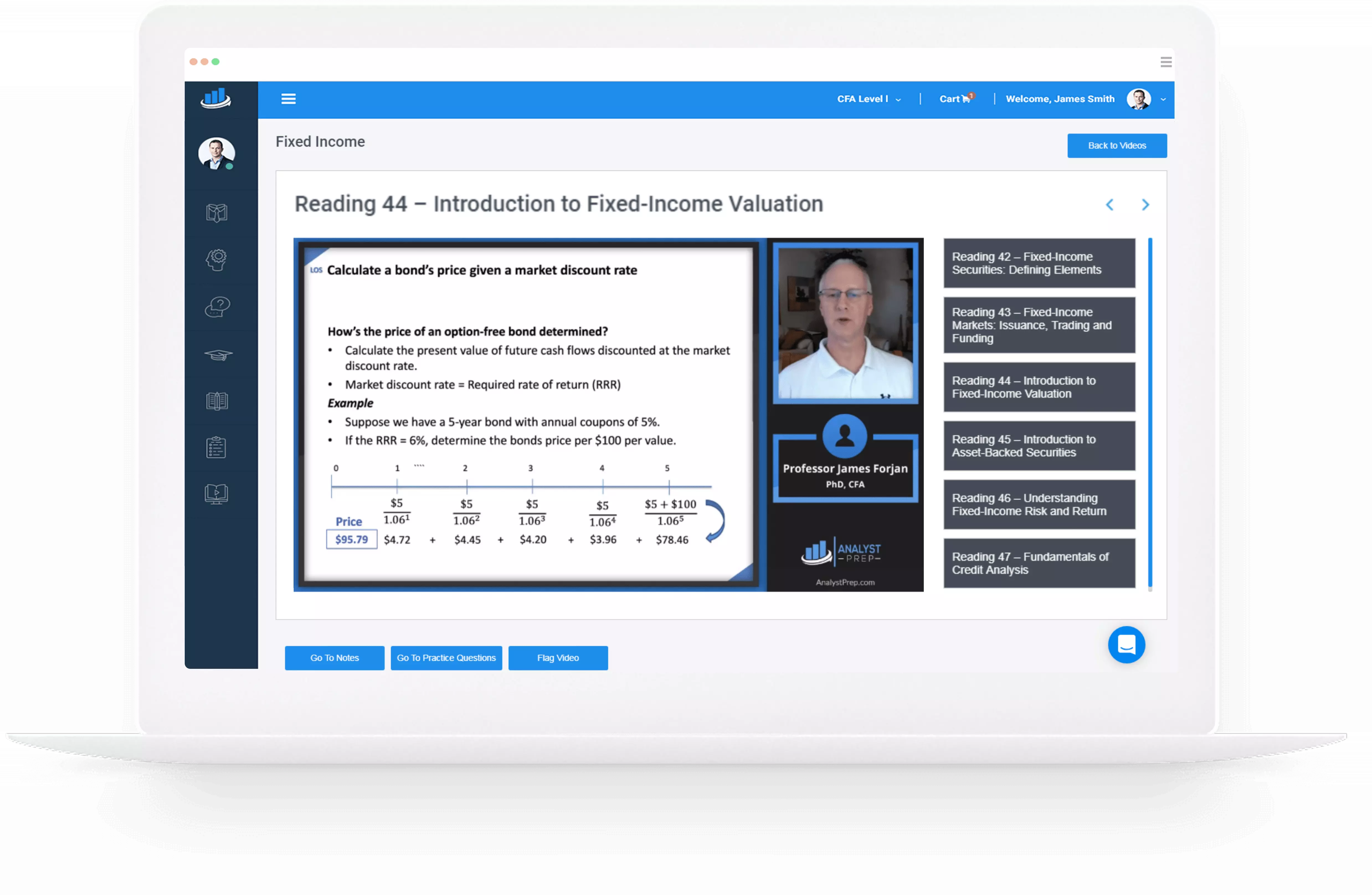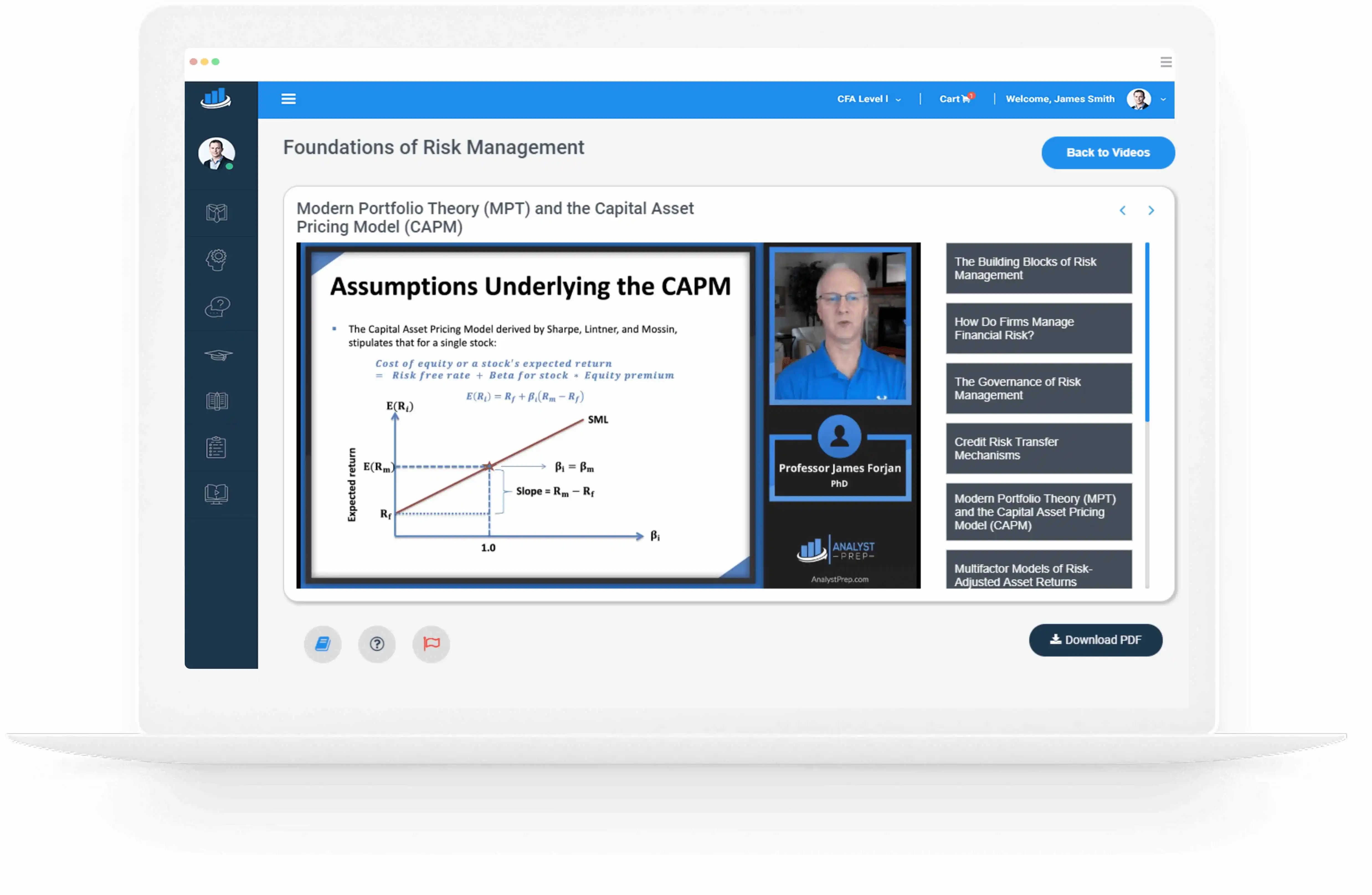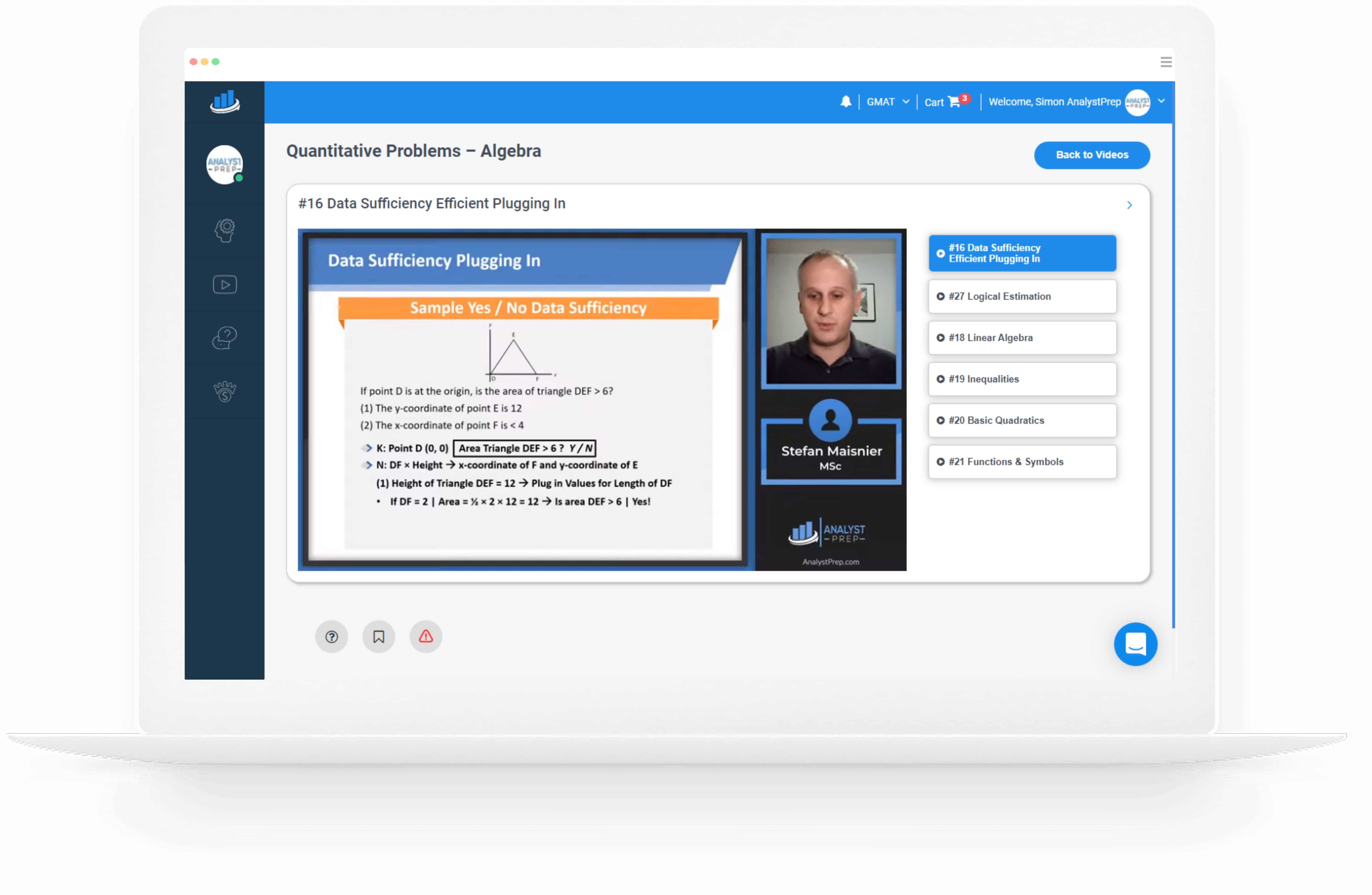Study Notes for CFA® Level II – Corporate Issuers – offered by AnalystPrep
Reading 18: Analysis of Dividends and Share Repurchases -a. Describe the expected effect of regular cash dividends, extra cash dividends, liquidating dividends, stock dividends, stock splits, and reverse stock splits on shareholders’ wealth and a company’s financial ratios; -b. Compare…
General Cash Flows, Portfolios, and Asset Liability Management
After completing this chapter, the candidate will be able to: Define and recognize the definitions of the following terms: yield rate/rate of return, current value, duration and convexity (Macaulay and modified), portfolio, spot rate, forward rate, yield curve, cash flow…
Apply the Central Limit Theorem to calculate probabilities for linear combinations of independent and identically distributed random variables
One of the most important results in probability theory is the central limit theorem. According to the theory, the sum of a large number of independent random variables has an approximately normal distribution. The theory provides a simple method of…
Calculate moments for linear combinations of independent random variables
In the previous reading, we defined \(Y=c_1X_1+c_2X_2+\ldots+c_pX_p\) to be a linear combination of the independent random variables \(X_1, X_2,\ldots, X_p\) where \(c_1,,\ c_2,\ldots,\ c_p\) are constants. We also proved that if \(X_1, X_2,\ldots,X_n\) are independent normal random variables with means…
Calculate probabilities for linear combinations of independent normal random variables
Definition: Let \(X_{1}, X_{2}, \ldots, X_{n}\) be random variables and let \(c_{1}, c_{2}, \ldots, c_{n}\) be constants. Then, $$ \text{Y}=\text{c}_{1} \text{X}_{1}+\text{c}_{2} \text{X}_{2}+\cdots+\text{c}_{\text{n}} \text{X}_{\text{n}} $$ is a linear combination of \(X_{1}, X_{2}, \ldots, X_{n}\). In this reading, however, we will only…
Determine the distribution of order statistics from a set of independent random variables
Order Statistics Order Statistics are distributions obtained when we look at test scores from a random sample arranged in ascending order, i.e., from the smallest to the largest. In recent years, the importance of order statistics has increased because of…
Calculate joint moments, such as the covariance and the correlation coefficient for discrete random variables only
Let \(\text{X}\) and \(\text{Y}\) be two discrete random variables, with a joint probability mass function, \(\text{f}(\text{x}, \text{y})\). Then, the random variables \(\text{X}\) and \(\text{Y}\) are said to be independent if and only if, $$ \text{f}(\text{x}, \text{y})=\text{f}(\text{x}) * \text{f}(\text{y}), \quad \text…
Calculate variance and standard deviation for conditional and marginal probability distributions for discrete random variables only
Variance and Standard Deviation for Conditional Discrete Distributions Recall that, in the previous readings, we defined the conditional distribution function of \(X\), given that \(\text{Y}=\text{y}\) as: $$ \text{g}(\text{x} \mid \text{y})=\frac{\text{f}(\text{x}, \text{y})}{\text{f}_{\text{Y}}(\text{y})}, \quad \text { provided that } \text{f}_{\text{Y}}(\text{y})>0 $$ Similarly,…
Calculate moments for joint, conditional, and marginal discrete random variables
The \(n\)-th moment about the origin of a random variable is the expected value of its \(n\)-th power. In this reading, however, we will mostly look at moments about the mean, also called central moments. The \(n\)-th central moment of…
Determine conditional and marginal probability functions for discrete random variables only
Marginal Probability Distribution In the previous reading, we looked at joint discrete distribution functions. In this reading, we will determine conditional and marginal probability functions from joint discrete probability functions. Suppose that we know the joint probability distribution of two…




